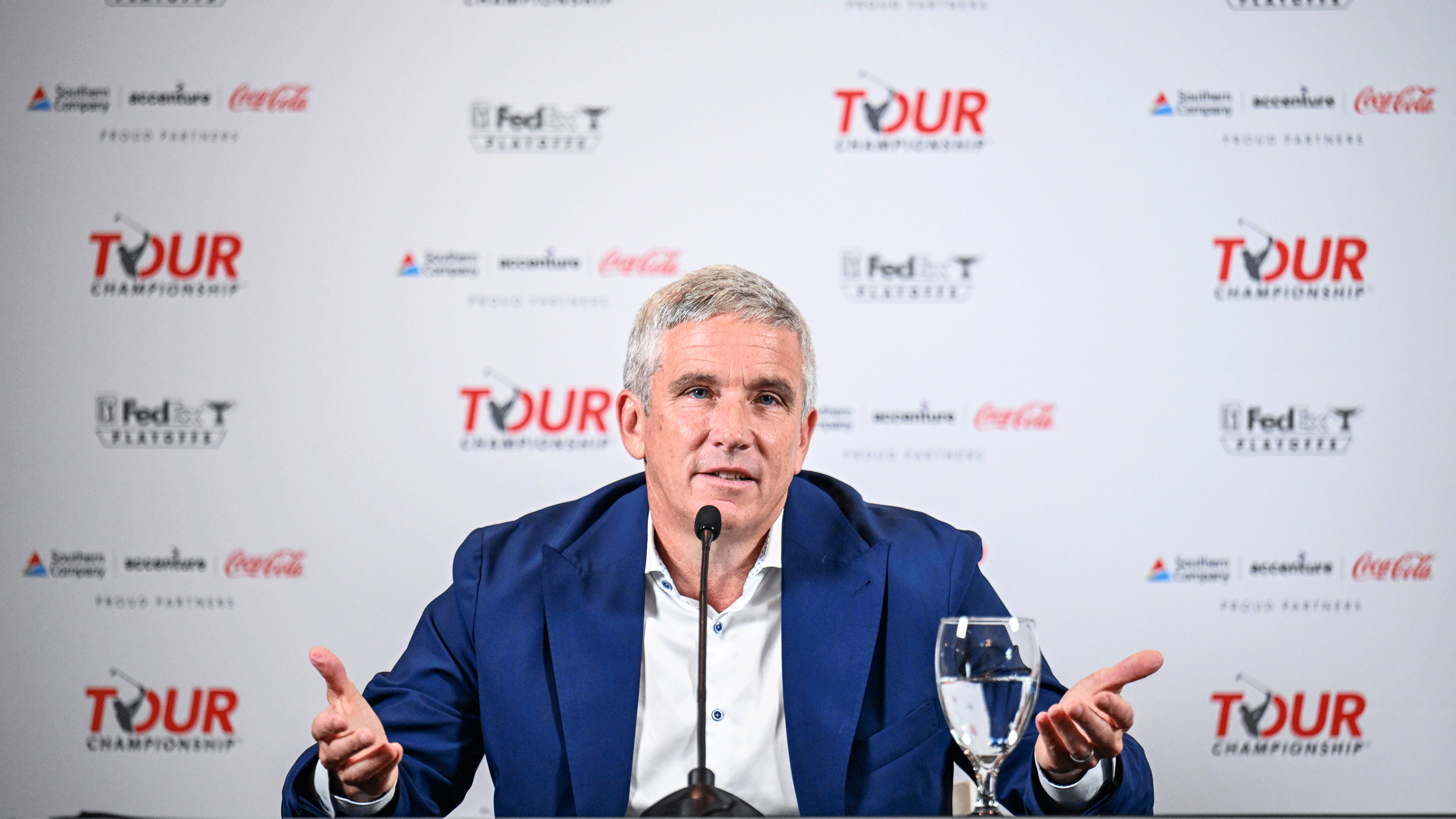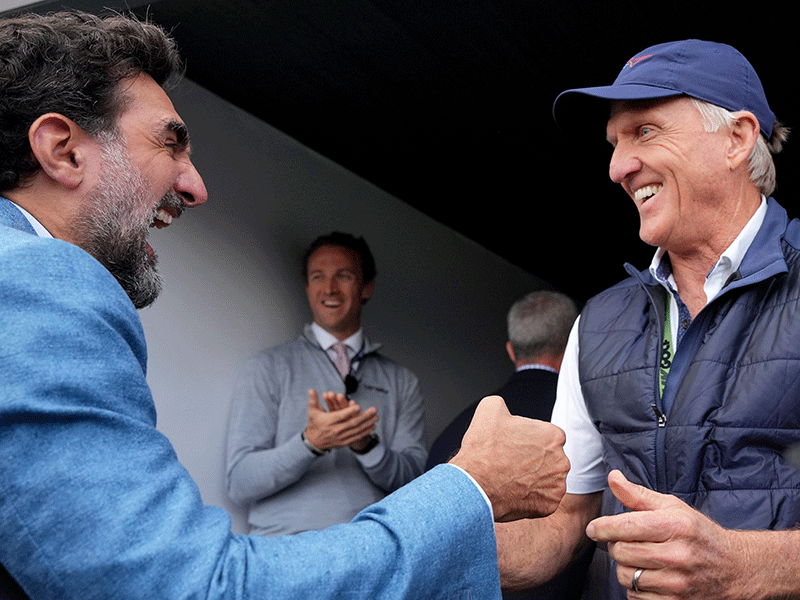
After a relatively uneventful few months following the shock announcement of the PGA and DP World Tour’s alliance with the Saudi-backed PIF, the circus that is men’s professional golf has started up again. This time, there’s more unscripted chaos than ever before. It’s been suspiciously quiet since Jay Monahan and Yasir Al-Rumayyan stood in front of the cameras in early summer and announced their “framework agreement”, which contained very little substance. Six months on, the situation hasn’t changed. If anything, things are even more confusing.
LIV Golf just announced its schedule for 2024, which is interesting in itself. When the framework agreement was revealed, my first thought was ‘why does LIV Golf need to exist now?’ The reason LIV was introduced was for the Saudis to gain legitimacy in the golf space, which had clearly been achieved by partnering with the PGA and DP World Tours. I assumed the next step would be a new global schedule and a re-integration of LIV players into the existing PGA Tour structure, perhaps with some LIV-inspired elements added in.
That hasn’t happened, and confusingly, LIV seems to be actively pursuing top players for its 2024 season. Jon Rahm is rumoured to be in discussions with LIV (we haven’t been able to confirm this) and there are murmurs about other top players, too. This fragmentation surely can’t be good for the new entity, whatever guise that takes. It makes me wonder whether an agreement is going to be reached, especially given talk of private equity funding in the PGA Tour. Why is that necessary if you have the world’s richest sovereign wealth fund as a partner?
The rumoured sums being thrown around for Rahm are pretty astronomical and LIV surely wouldn’t pay that much if the upstart circuit was in any danger of being ripped down any time soon. We seem to be carrying on down the division-of-talent path, which isn’t good for the PGA Tour, its sponsors and TV contracts and certainly isn’t good for the consumer.
If – and I stress if – the PGA and DP World Tours lose more players to LIV, the new circuit becomes exponentially more marketable and interesting to TV networks, many of which have long-standing partnerships with the PGA Tour. Plus, there’s the moral angle to consider. Everyone seems to be playing the waiting game as we await much-needed updates from those privy to the discussions. Men’s professional golf has got itself into an extraordinary tangle.

I’d love to know what’s going on behind the scenes. Are LIV executives wrestling most of the power? Or is there a plan for a mutually-beneficial post merger structure? If there is, there has been no hint of it. This perhaps points to the complexity of the negotiations, but it could also suggest tumult behind the scenes.
Whatever the situation, the PGA Tour isn’t coming off well. The DP World Tour has done all it can as an organisation swimming uphill against a strong current, but it’s fair to call into question the leadership of the American circuit. Announcing a framework agreement then providing no further details is plunging the world of men’s professional golf into uncertainty, from the perspective of players, sponsors, networks and, most importantly, the fans.
Spending $100 million on the rightly maligned Player Impact Programme – something that was criticised heavily by PGA Tour player Nate Lashley – hasn’t gone down well either. It’s been a rocky 18 months off the course, with almost constant changes to tournament structure and many players outspoken about the signature events, with Lucas Glover calling them ‘terrible’. Jay Monahan – who had to step away from the tour due to anxiety earlier this year – has also seen Rory McIlroy, arguably the PGA Tour’s biggest advocate, resign from its policy board. In short, it’s been a complete mess. I do have a degree of sympathy with Monahan and PGA Tour executives given the unprecedented nature of what's occurred, but the questions being asked of the circuit's leadership are absolutely fair.
There’s no doubt the men’s professional golfing product has worsened of late. Only seeing the game’s best players competing in a select few events each year is good for no-one, apart from the Majors. And even they don’t know how to respond to market conditions. If LIV continues to expand and get stronger, the Majors surely have to find a way to accommodate its players. And what about the Ryder Cup? Surely that’s diminished as a spectacle if LIV golfers are exiled again?
There are so many questions at the moment and next to no answers. It’s hard to prophesy without any form of clarity, but that looks a long way off at this moment in time. Of course, all the concerns and doubts I’ve expressed here could be alleviated by the announcement of an actual plan, but that doesn’t seem likely any time soon.
When it does come, its messaging will be absolutely critical. Men’s professional golf is on the cusp of turning into boxing, a sport that many, including myself, have turned their back on because of its infuriating inability to get its main protagonists competing against each other as often as they should.
The next few months are absolutely essential in securing the long-term health of our sport. It remains to be seen if those in charge are capable of handling such responsibility.







